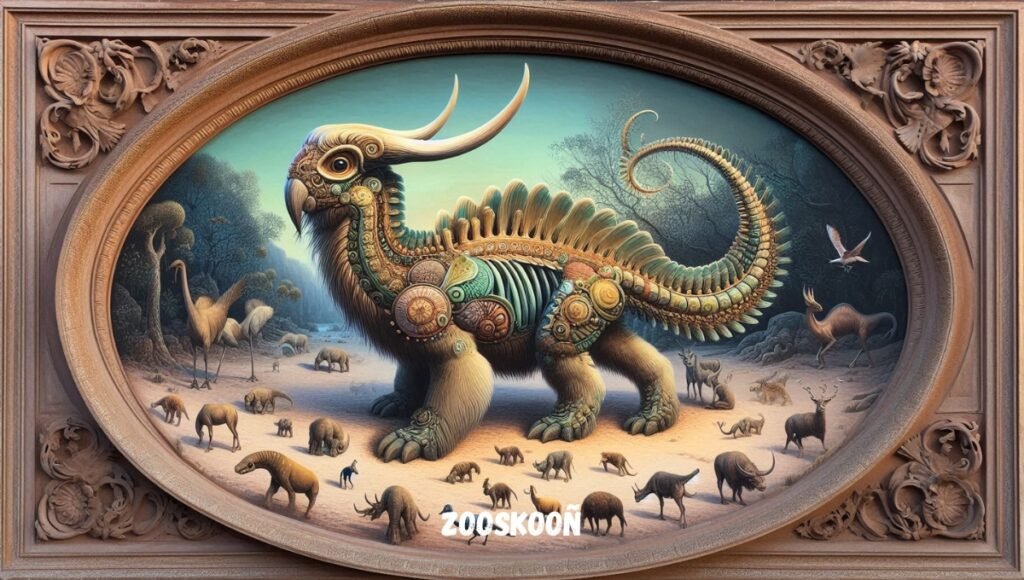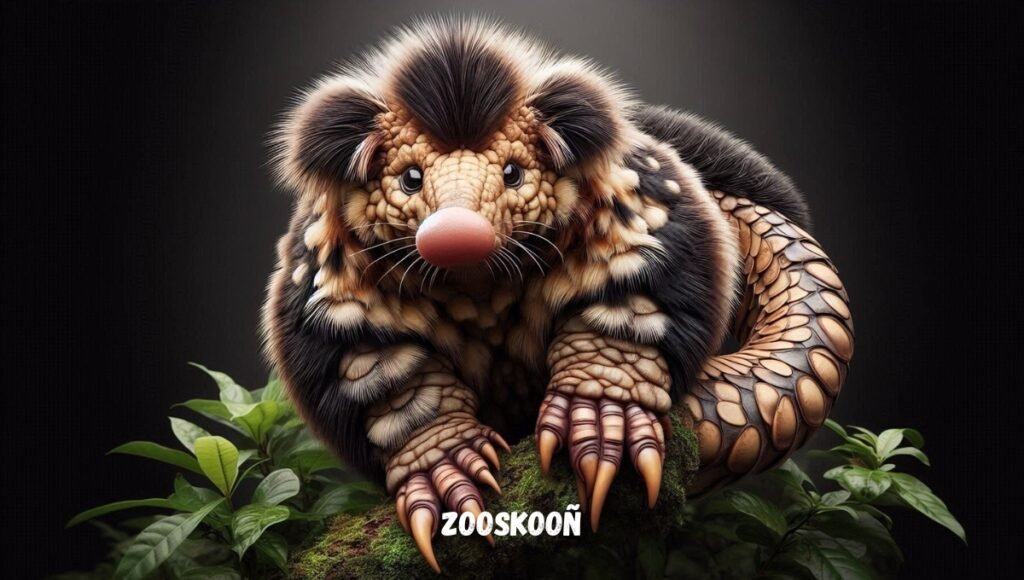Introduction to Zooskooñ
Zooskooñ is an emerging animal species that has captured the attention of zoologists, conservationists, and animal lovers alike. Known for its unique characteristics and fascinating behavior, Zooskooñ is quickly becoming a topic of interest in wildlife research and environmental preservation efforts. This article provides a deep dive into what makes Zooskooñ special, its habitat, diet, conservation status, and the role it plays in the ecosystem.
What is Zooskooñ?
Zooskooñ is a newly discovered species that exhibits a blend of remarkable features from various animal groups, making it difficult to categorize within traditional classifications. Its appearance, behavior, and adaptability have led researchers to label it as a “hybrid marvel.” While still relatively unknown, Zooskooñ is rapidly gaining recognition for its distinctiveness and importance in the natural world.
1. Physical Characteristics
Zooskooñ is notable for its unusual physical traits, which appear to combine elements of several species. It has a streamlined body structure, similar to that of a wild cat, but possesses the agility of smaller primates. Its fur is thick and multi-colored, often blending in perfectly with its surroundings, which makes it a master of camouflage.
2. Behavioral Traits
One of the most fascinating aspects of Zooskooñ is its highly adaptive behavior. It exhibits both nocturnal and diurnal patterns, depending on environmental conditions. Zooskooñ is also known for its keen intelligence, displaying problem-solving skills typically seen in more cognitively advanced species like dolphins and apes.
Habitat of Zooskooñ
Zooskooñ thrives in a variety of habitats, making it a highly adaptable species. While predominantly found in temperate forests, Zooskooñ has also been spotted in grasslands, mountainous regions, and even near coastal areas. Its ability to adjust to different environmental conditions has raised interest among scientists regarding its survival strategies.
1. Forest Ecosystems
In forested areas, Zooskooñ has been observed living in the canopy, using its agility to navigate trees with ease. This habitat provides Zooskooñ with ample shelter and protection from predators, while also offering an abundant supply of food sources like insects, fruits, and small mammals.
2. Grasslands and Plains
In more open landscapes, Zooskooñ’s camouflage abilities come into play. Its fur blends seamlessly with the surrounding vegetation, allowing it to evade predators while stalking prey. Its sharp senses help it survive in these more exposed environments, demonstrating the species’ incredible adaptability.
3. Mountain Regions
Zooskooñ is also known to inhabit mountainous regions, where its strong limbs and sharp claws enable it to climb and traverse rocky terrain. These regions often provide isolation, which may contribute to Zooskooñ’s evolving characteristics as it adapts to harsh, less-populated environments.
Diet and Feeding Habits of Zooskooñ
Zooskooñ is an omnivorous species, with a highly versatile diet that changes based on its environment. Its ability to consume a wide range of foods helps it survive in various habitats, from dense forests to arid plains.
1. Primary Diet in Forested Areas
In forests, Zooskooñ feeds primarily on fruits, leaves, and small animals like rodents or birds. It uses its dexterous limbs to grasp fruits from high branches and is skilled at catching small animals with stealth and precision.
2. Opportunistic Feeding in Open Environments
In more open areas like grasslands, Zooskooñ adopts an opportunistic feeding strategy, consuming whatever is available. This can include insects, small reptiles, and even carrion. Its omnivorous diet allows it to sustain itself even in areas with limited resources.
3. Seasonal Variations in Diet
Zooskooñ’s diet can vary seasonally, particularly in colder climates. During the winter months, when food is scarce, Zooskooñ has been observed storing food in hidden caches, similar to the behavior of squirrels. In warmer months, it becomes more active in foraging and hunting.
Conservation Status of Zooskooñ
Although Zooskooñ is a newly identified species, its population numbers are already a concern for conservationists. As with many wildlife species, Zooskooñ faces several threats, including habitat destruction, climate change, and human encroachment.
1. Habitat Destruction
Deforestation and land development pose significant risks to Zooskooñ, particularly in forested areas where it is most commonly found. Loss of trees and natural habitat limits its ability to find food, shelter, and mates, leading to a decline in population.
2. Climate Change Impact
Zooskooñ’s adaptability may not be enough to withstand the long-term effects of climate change. Rising temperatures, changing weather patterns, and altered ecosystems could affect the availability of food and suitable habitats, putting additional pressure on the species.
3. Conservation Efforts
Several wildlife organizations have started focusing on Zooskooñ, advocating for protected areas where the species can thrive. Establishing nature reserves and promoting reforestation projects are key components of these efforts. Furthermore, scientists are studying Zooskooñ’s adaptability to find ways to bolster its chances of survival in a changing world.
Zooskooñ’s Role in the Ecosystem
Zooskooñ plays a crucial role in maintaining the balance of the ecosystems it inhabits. As both a predator and prey species, it helps control the populations of smaller animals while also serving as a food source for larger predators.
1. Predator-Prey Dynamics
Zooskooñ is a mid-level predator in its ecosystem. It preys on small mammals, birds, and insects, helping to keep their populations in check. In turn, Zooskooñ is hunted by larger animals such as big cats and birds of prey, which rely on it as part of their food chain.
2. Seed Dispersal and Plant Growth
In forest ecosystems, Zooskooñ contributes to seed dispersal by consuming fruits and spreading the seeds through its waste. This helps promote plant growth and supports the health of the forest, making Zooskooñ an important agent of ecological stability.
3. Indicator Species
Because of its sensitivity to environmental changes, Zooskooñ is considered an indicator species. Changes in Zooskooñ’s population or behavior can signal broader environmental shifts, making it an important species for monitoring the health of its habitat.
Interesting Facts About Zooskooñ
- Agile Climbers: Zooskooñ is an excellent climber, capable of scaling tall trees and rocky cliffs with ease.
- Camouflage Experts: Their fur colors change slightly with the seasons, helping them blend into their surroundings.
- Social Creatures: Zooskooñ typically lives in small family groups, but some are known to be solitary.
- Highly Vocal: They communicate with a variety of sounds, from chirps to growls, to convey different emotions or warnings.
- Adaptable Diet: While they prefer fresh food, Zooskooñ can survive on stored or scavenged food in leaner times.
- Evolving Species: Some experts believe that Zooskooñ is still undergoing evolutionary changes due to its adaptability to various environments.

FAQs About Zooskooñ
1. Where was Zooskooñ first discovered?
Zooskooñ was first discovered in remote forested areas, but sightings have been reported in various other habitats, including mountainous and coastal regions.
2. Is Zooskooñ endangered?
Zooskooñ is not officially classified as endangered yet, but its population is under threat due to habitat destruction and climate change.
3. What does Zooskooñ eat?
Zooskooñ is omnivorous and feeds on a variety of foods including fruits, small mammals, insects, and leaves. Its diet changes depending on its habitat and the season.
4. How does Zooskooñ adapt to different environments?
Zooskooñ is highly adaptable, using its camouflage, intelligence, and versatile diet to survive in different environments, from dense forests to open plains.
5. What role does Zooskooñ play in the ecosystem?
Zooskooñ helps control small animal populations and contributes to seed dispersal, making it a key player in maintaining ecosystem balance.
6. Can Zooskooñ be kept as a pet?
Zooskooñ is a wild animal and is not suited for domestication. It thrives best in its natural habitat and is protected by wildlife conservation laws.
Conclusion
Zooskooñ is a remarkable species that continues to intrigue the scientific community and animal enthusiasts. With its unique blend of physical traits, behavioral adaptability, and ecological significance, Zooskooñ holds a vital role in its natural environment. However, as human activity and climate change pose increasing threats, conservation efforts must prioritize the protection of Zooskooñ and its habitat to ensure its survival for future generations.


